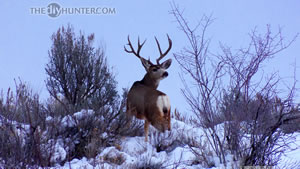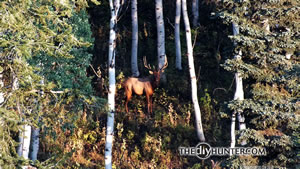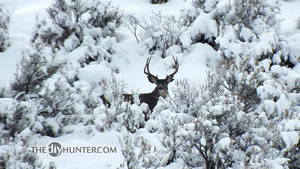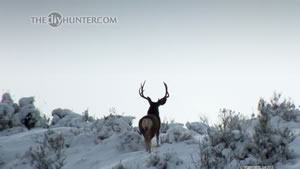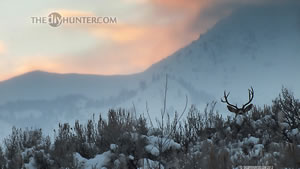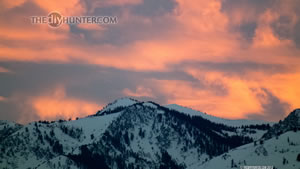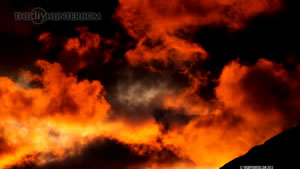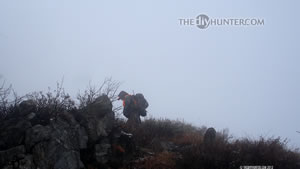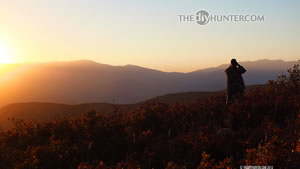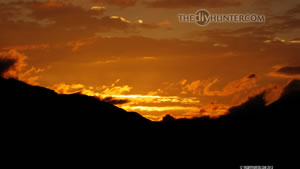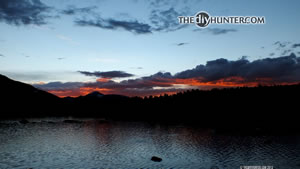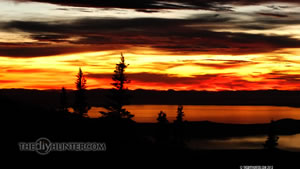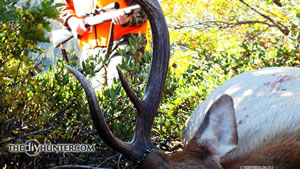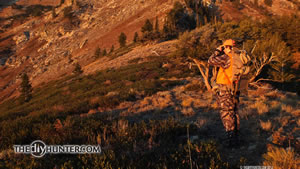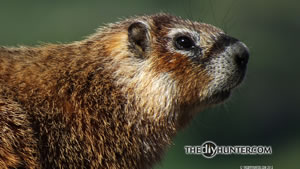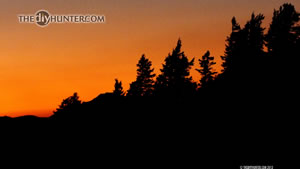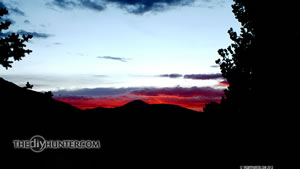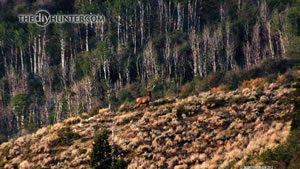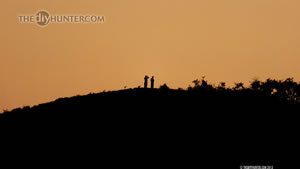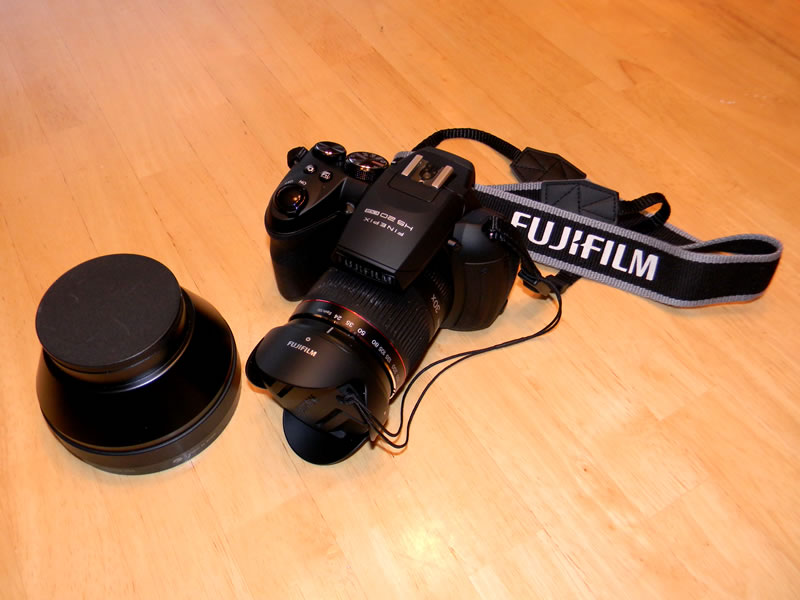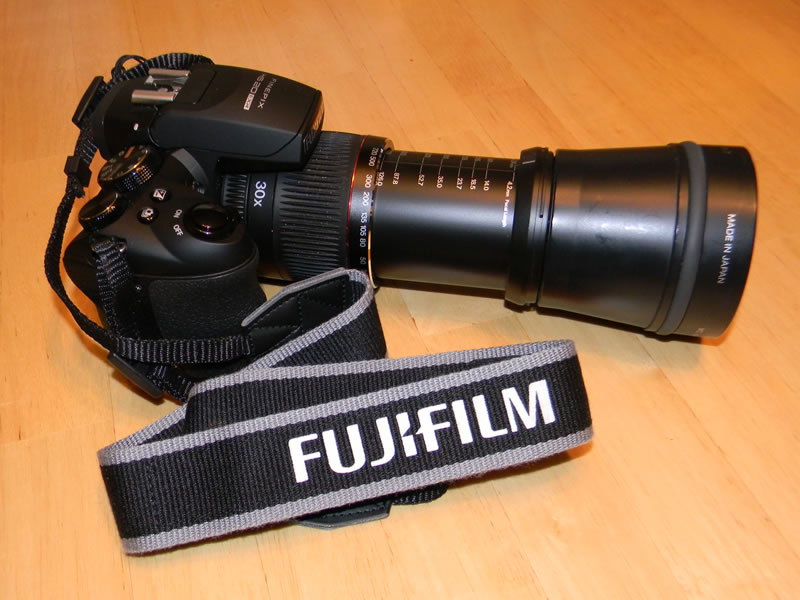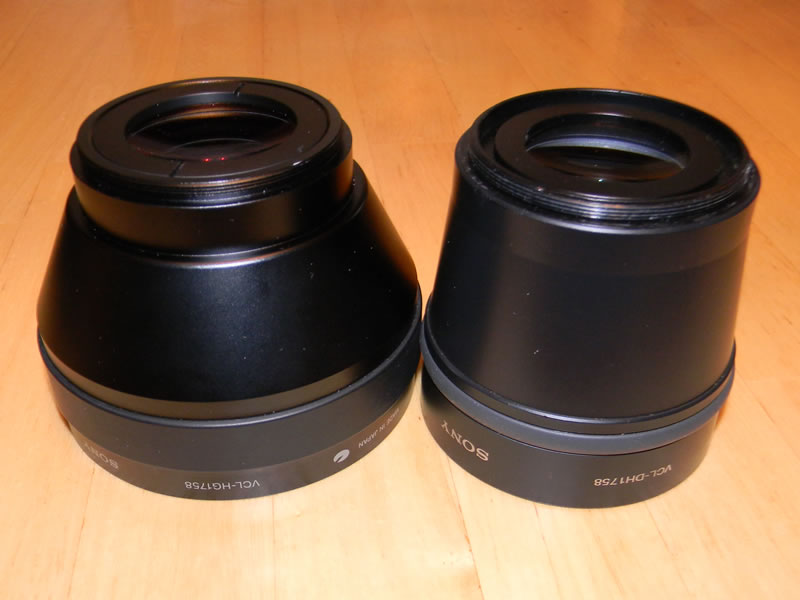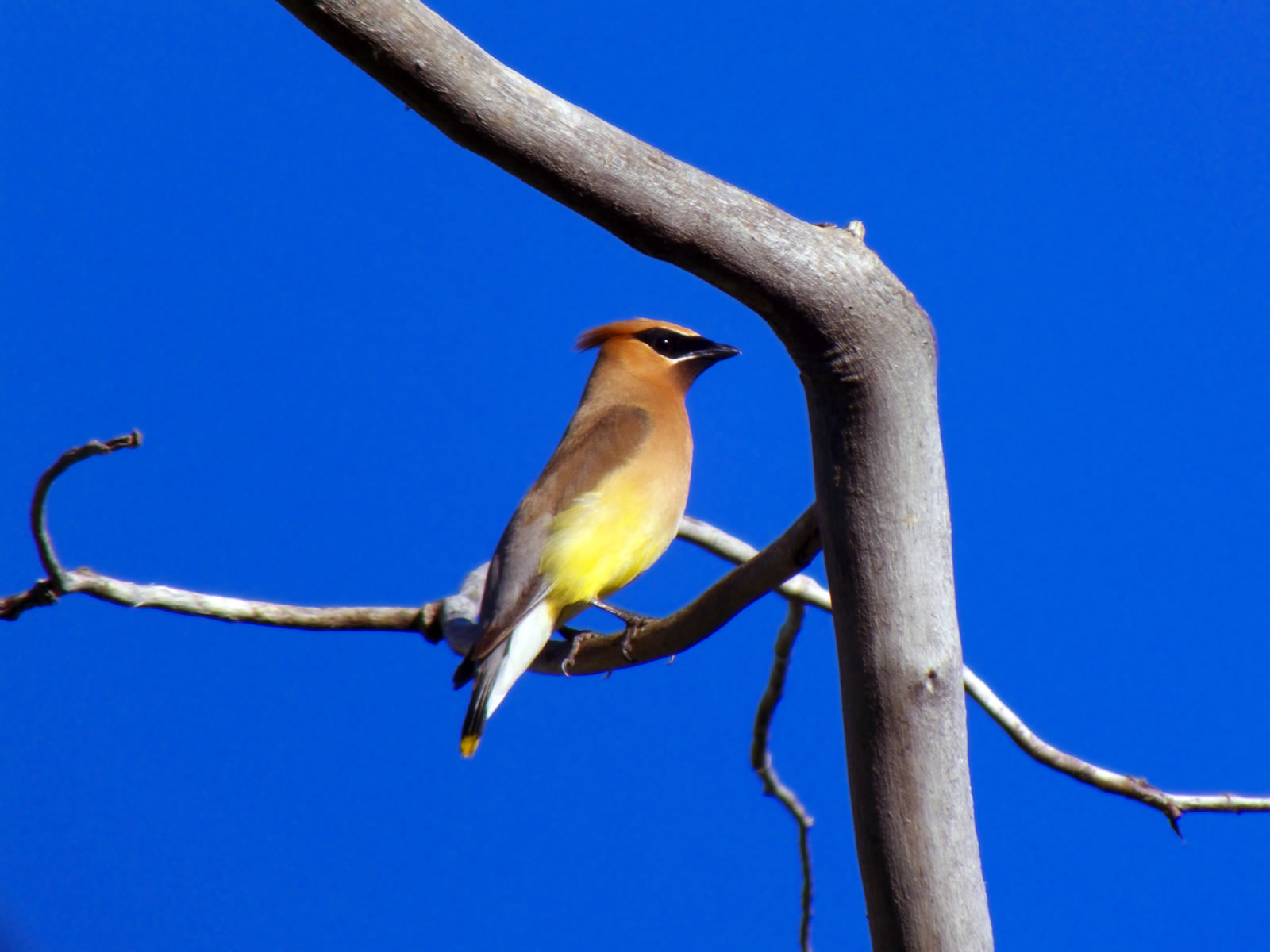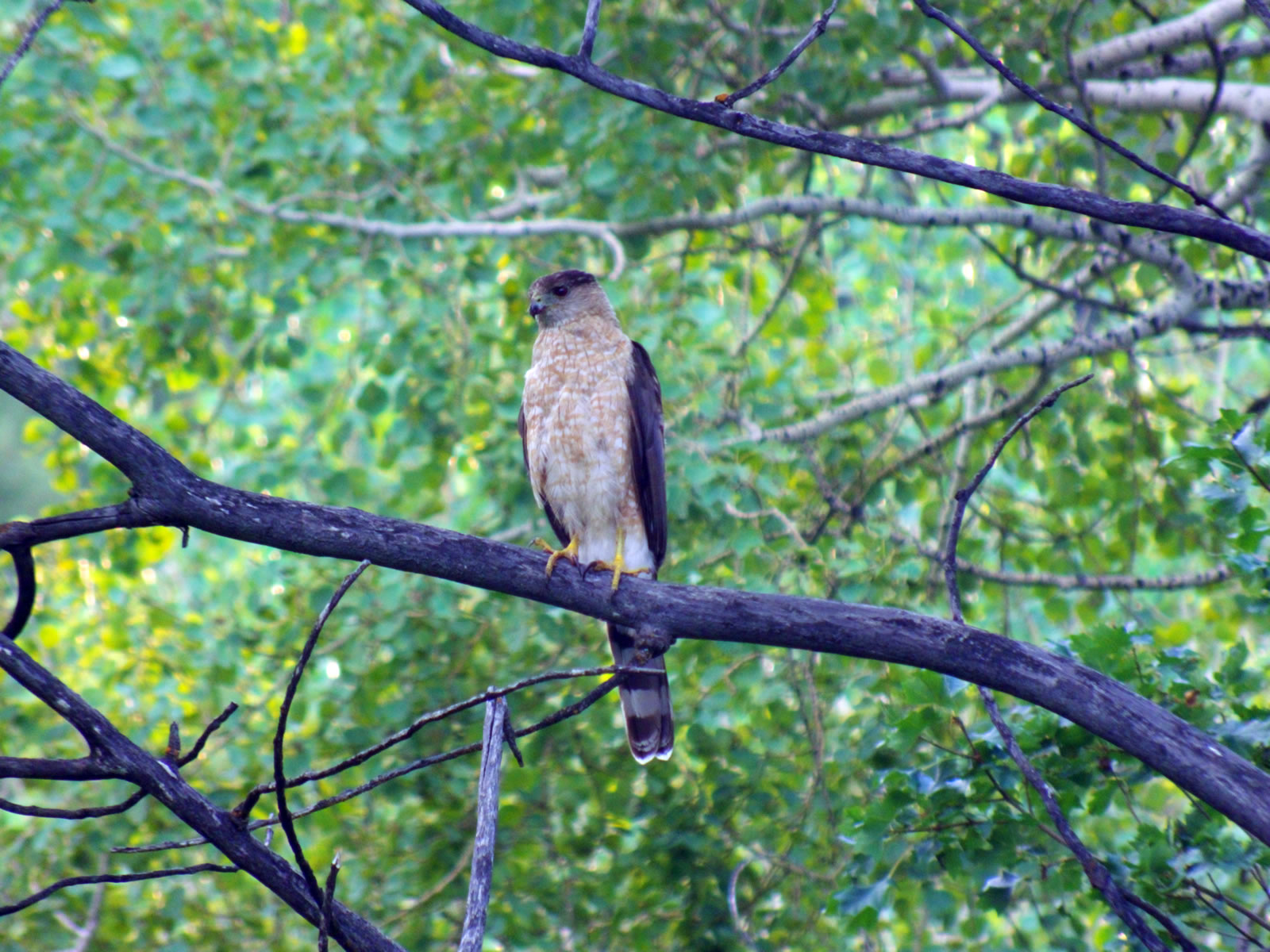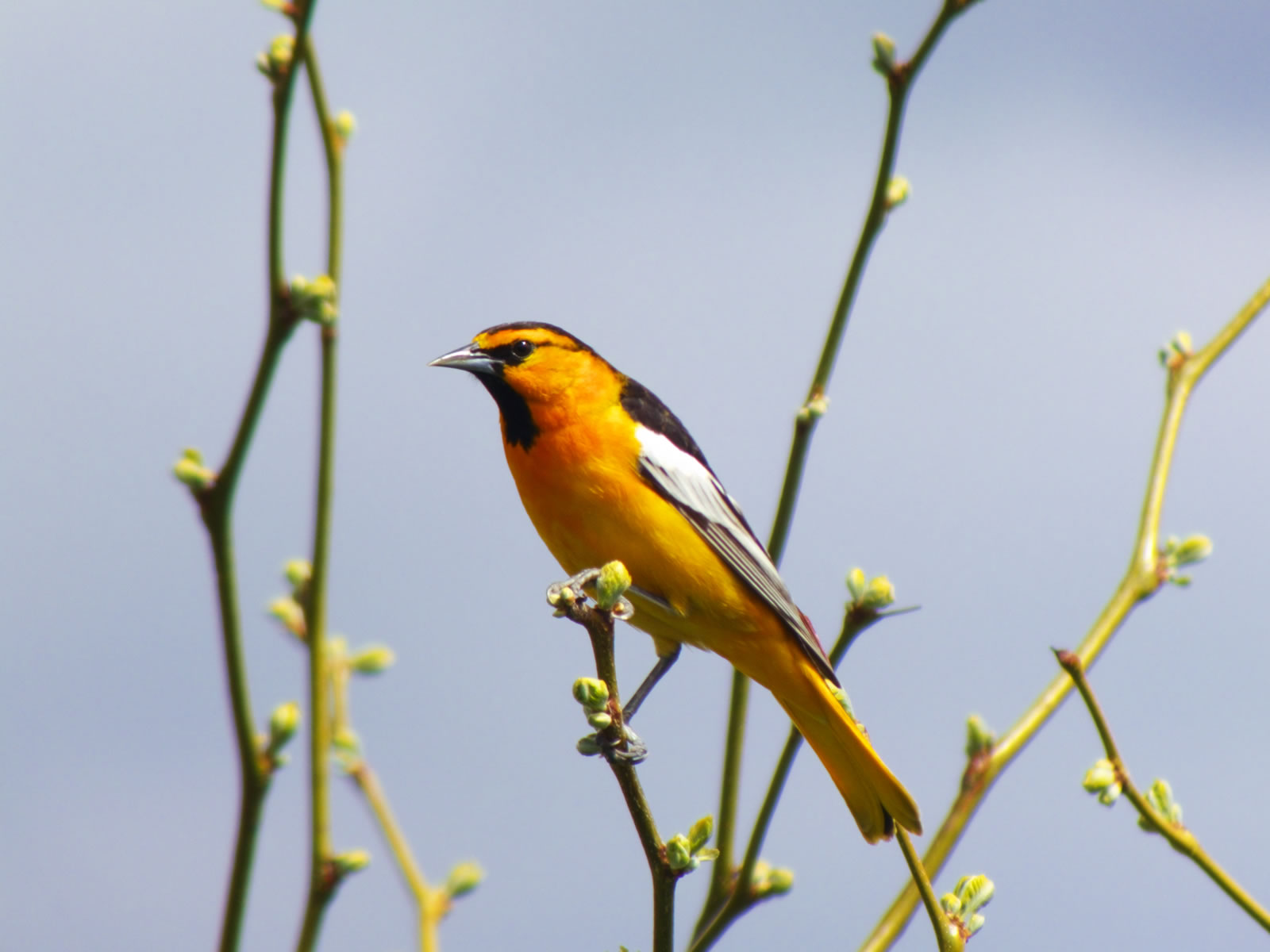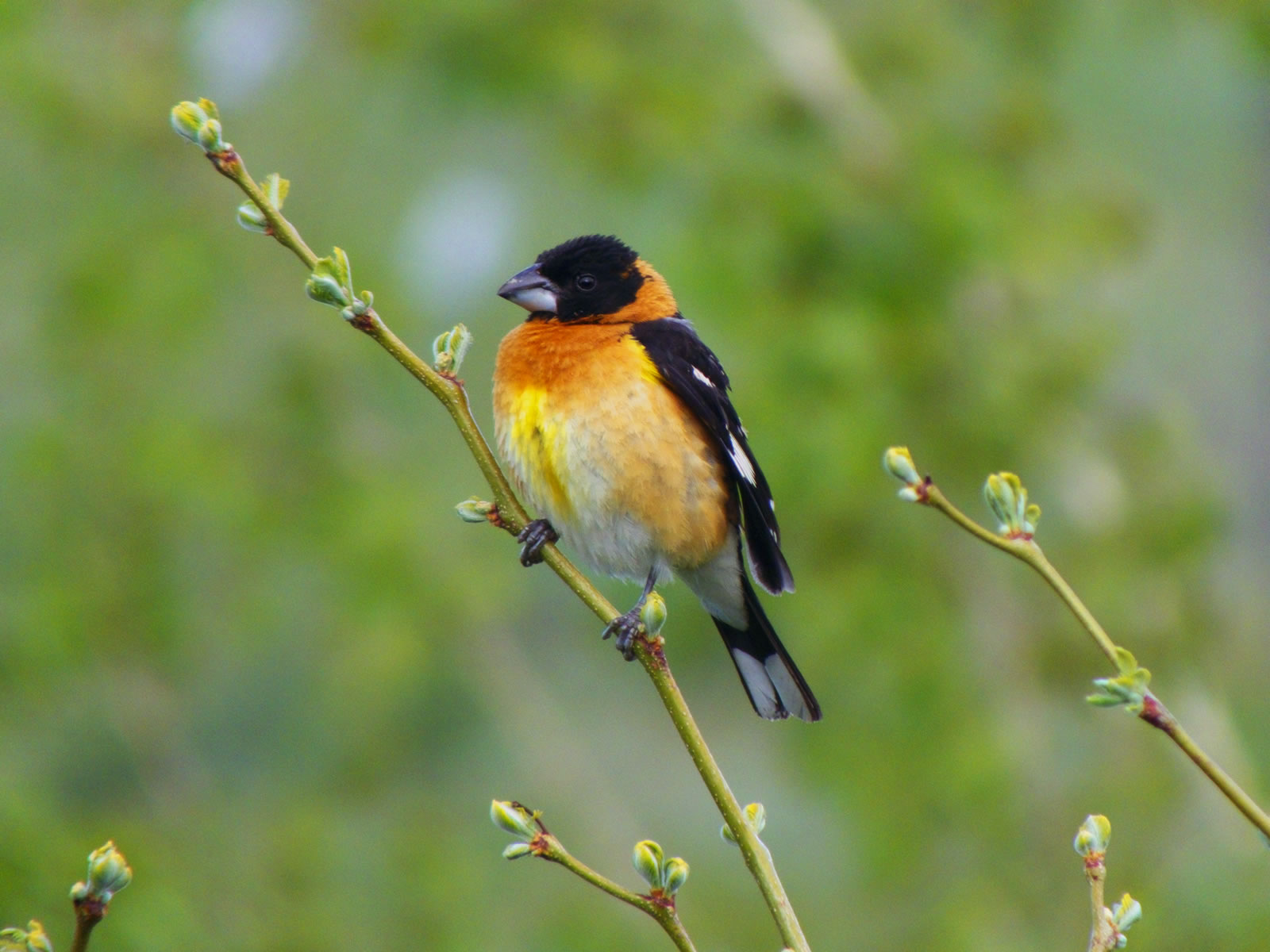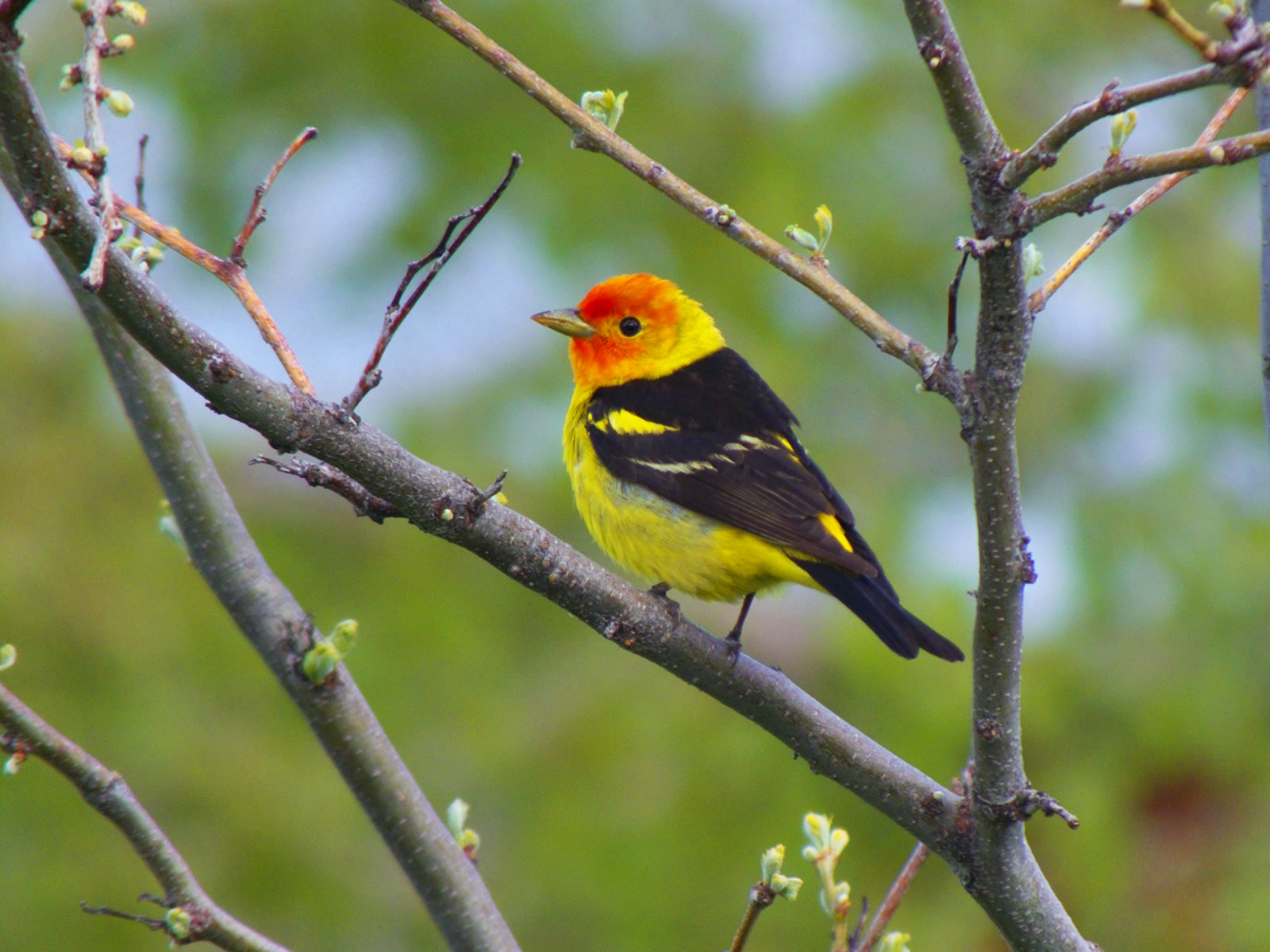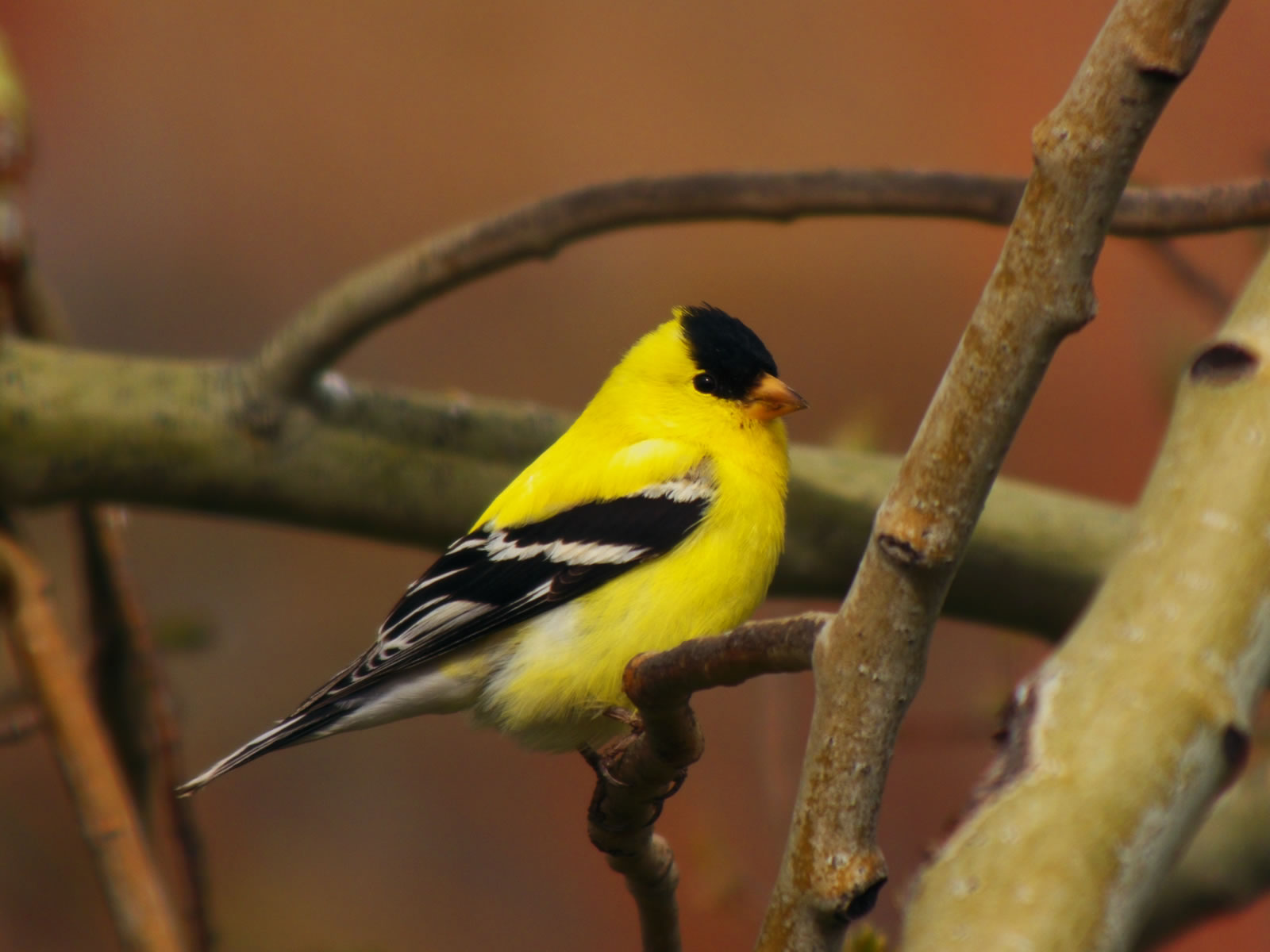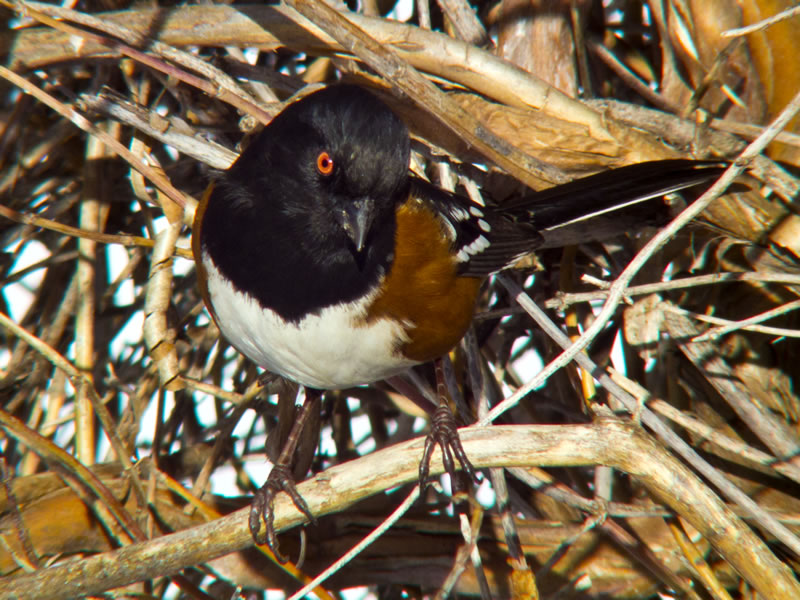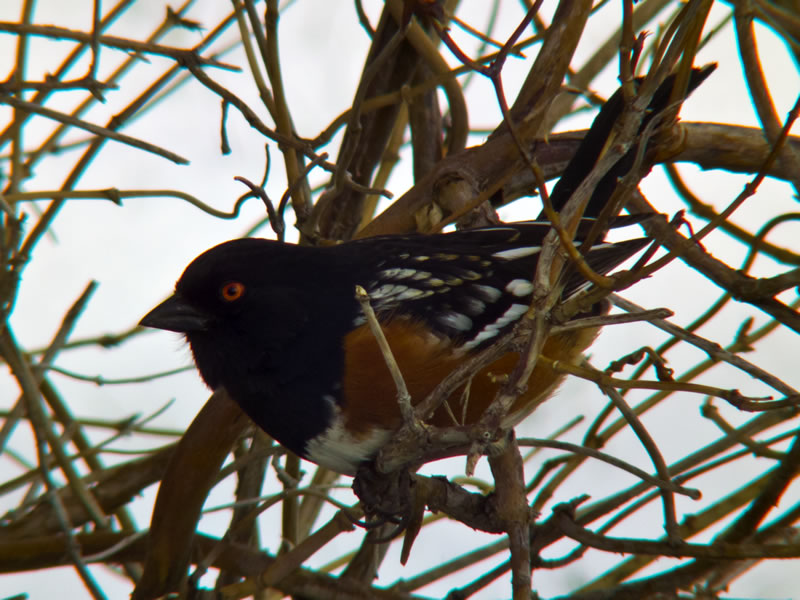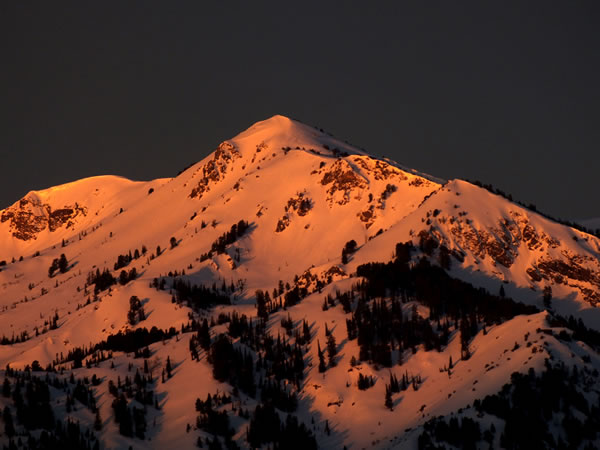- Details
- Written by: The DIY Hunter
- Category: Technical
- Hits: 6046
For years I have enjoyed the using FujiFilm cameras. I have owned a HS10, a HS20exr and now a HS50exr. I really like the versatility these cameras offer for taking photos while I am out in the field hunting or scouting. Most of photos and video on my blog have been taken with FujiFilm digital cameras. They take really great outdoor photos.
Recently I noticed that my HS20exr camera was having faded areas in the center of my photos. I figured that a good cleaning of the lens would solve the problem however once I started cleaning the lens I quickly noticed that the cause of the problem was not dirt on the outside of the lens. The problem is caused by the lenses internally hitting against one another. When you return the zoom to 24mm the lenses stop moving by the outermost lens butting up against the next internal lens.
Over time the lenses stopping against one another has created a milky white area in the center of both of the lenses where they make contact. Unfortunately for me I did not notice the problem until after the warranty time had expired. Had I used the camera more the problem would have shown itself sooner and I would have fallen under the warranty.
After boxing up the camera and shipping it to FujiFilm their repair department informed me that they will need $167 to make the repair. After calling and explaining my point that this is clearly a design flaw in the camera they defaulted to "it's out of warranty." And so it is, I understand. I will just let others know to watch out for this problem in their FujiFilm EXR cameras so they too don't wind up with an expensive repair bill.
I figured that it was a no brainer that the lenses hitting against one another regardless of the warranty length was clearly a flaw in the manufactures design, something I thought FujiFilm would like to repair to keep their customers happy. I guess I was wrong.
I hope I didn't make a mistake in purchasing the HS50exr. I will be watching my HS50exr very closely to see if it develops the same problem. I hope that they have the problem corrected. I really do like the HS series of cameras. And so far the HS50exr has been performing very nicely. Although it has taken me a while to give up the AA batteries that the HS10 and HS20exr operated on. So far the proprietary battery in the HS50exr is working really well.
View some of the first photos from my HS50exr — 2013-2014 Mule Deer Photos With My FujiFilm HS50exr Camera
I declined to pay for the repair. Does anyone want to buy a really cheap, used, damaged lenses, HS20exr camera?
October 9, 2014 - UPDATE ON MY HS50EXR
It's been just over a year with my HS50exr and it has the same problem. The lenses hit against each other internally. The dings in the lenses are not that noticeable right now but they are definitely hitting each other. I'm sure it will be just as bad as my HS20exr got after another year. I called FujiFilm repair up two days before a year was up and the guy said something to the effect of "I have a HS10 HS20 and HS50 sitting right here and they don't have this problem" and he commenced to inform me that they don't do what I am saying they do. Well FujiFilm, YES THEY DO! He informed me that I could send it in for repair and I told him that I am using the camera heavily this fall and could not afford to be without it for the next few weeks. He then was nice and told me I could send it in with a note that we had talked about it. I'm going to need the camera up through the first of November before I can send it in. We'll see what happens when I do.
- Details
- Written by: The DIY Hunter
- Category: Technical
- Hits: 11164
Here are more of my favorite hunting related images that I use for my personal desktop wallpapers. Most of these photos were taken while I was out hunting during 2012 and the majority of the photos were taken with a FujiFilm HS20exr camera. I even threw in a few more girly photos I took this past year for the ladies.
See also:
These computer desktop wallpaper images are licensed for personal desktop use only. Any other purpose requires my express written consent. Unauthorized use or distribution or transfers of the images will violate copyright laws, trademark laws, communications regulations and statutes.
- Details
- Written by: The DIY Hunter
- Category: Technical
- Hits: 6459
FujiFilm HS20 EXR with the larger, heavier Sony VCL-HG1758 teleconverter.
FujiFilm HS20 EXR with a Sony VCL-DH1758 teleconverter attached. With this lens attached I now have a 51x (1224mm) ultra super zoom camera in a very affordable and small package... that is when compared to a SLR camera with a 1224mm lens.
The larger Sony VCL-HG1758 (left) and the VCL-DH1758 (right) both 58mm 1.7x teleconverters.
Another very useful accessory for my HS20exr is my JJC wireless shutter release that I found on Amazon.com.
2019 Update: My camera of choice right now is the Nikon P1000.
While cruising the internet checking out information on the new FujiFilm HS20 EXR camera I stumbled into a 1.7x teleconverter that people are using with the HS10. After reading many remarks from others using the Sony VCL-DH1758 teleconverter on their HS10 cameras I had to find one of these lenses for myself. I was able to get a used lens from Adorama.com.
The lens works great on the camera! I do find that there is a little distortion towards the edges of the photos taken with the lens on the HS10. With the lens on the camera I have a 51x(1224mm) lens system. Taking video and photos of deer, elk and varmints at long range just got very better.
A few weeks after getting the lens I realized that the lens I thought I was getting wasn't the lens I got. What does that mean? Well I had no idea that there are actually two Sony lenses that are very similarly named, the VCL-DH1758 and the VCL-HG1758. The VCL-HG1758 that I have is nearly twice as heavy, weighing in at 15 oz. while the VCL-DH1758 is only 8.8 oz. In all my research around the web I thought that there was only the one lens and that it was 8.8 oz. Now that I have figured out that there are actually two(maybe more) varieties of 58mm 1.7x Sony lenses I would probably prefer the lighter of the two. The HG1758 might take better photos as it is more expensive, but it is also a little heavy on the end of my HS20 and HS10's extended telephoto lenses. That being, I am very careful when using the cameras with this heavier VCL-HG1758 lens attached. Looks like I will have to track down a VCL-DH1758 and give it a try. I would prefer the lighter and smaller lens.
Other teleconverter options would be the Canon TC-DC58C at 2.0x power which would get the camera up to 60x. This teleconverter weighs in at 12 ounces according to the specs and appears to be longer. Also checking around people are using this lens but the threads are recessed and require a little modification to attach the lens directly to the camera.
The Raynox DCR-2025PRO at 2.2x would be another teleconverter option that intrigues me the most. This would give me a 66x optical zoom. This lens is running around $275 and the lens appears to be much longer than my VCL-DH1758 I am currently using.
Update April 10, 2011: Thanks to Ebay I now have a VCL-DH1758. So far the image quality appears to be a little bit better as I am seeing less blurriness around the edges of the photos. Looks like I will use the VCL-DH1758 over the VCL-HG1758 lens as it is half the weight and I think it takes a little better photos. The only advantage that I can see from the VCL-HG1758 is that it should bring in more light with it's larger diameter.
I love my Fujifilm HS10 but found the speed in taking photos(less delay before I can take another photo) and higher resolution images of the HS20 EXR to be too tempting, and I ordered a HS20 from B&H Photo.
You can see many photos and video clips I took with the FujiFilm HS10 on my 2010 Oklahoma Whitetail Hunt — Hunting with 243 WSSM & 270 WSM Rifles journal entry.
| With the lack of antlered deer or elk to take photos of this time of the year, I found a Spotted Towhee in the back yard. These Spotted Towhee photos were taken with my FujiFilm HS10 with a Sony VCL-HG1758 teleconverter. These Towee photos have been cropped to remove the distorted outer edges. |
The HS20 has a disk buffer that allows you to continue to take photos while the photos are being written to the SDHC flash memory. I like to take both raw and jpg photos at the same time and the camera allows me to take a photo about every two seconds while each photo takes about 10 seconds to write to the SDHC memory card. Where on my HS10 I was waiting the full 10 seconds between every photo before I could take another.
Although the HS20 camera does allow for me to take photos quicker it only allows me to do this with the camera in EXR or Auto modes or if I leave the manual setting the same. If I need to manually adjusting the shutter speed, ISO, or aperture I have to wait the full 10 seconds for the image to write to the SDHC card before I can change any setting.
Comparing the video of the HS10 to the HS20exr: They both have full HD 1920x1080 video options. My HS10 had an audible clicking sound in the background that I can only think came from the autofocus but I am not for sure. I do not get the clicking sound on the HS20exr. The autofocusing on the HS10 is better. The default focus setting with the HS20exr drives me crazy as it constantly is going in and out of focus even when the subject matter isn't moving or changing distance. I had to set the camera's "Movie AF Mode" to "Center" to be able to get any decent video. With it set in this mode I have to press the shutter while I am taking a video to refocus if the subject has moved to a different distance. Clicking the shutter during video capture takes a JPG only image and creates a couple second "skip" in the video. Also, the high-speed frame rate options of the HS10 are far superior. I enjoy taking slow-motion action of bullets and the like and the high-speed video options I had on the HS10 I really miss now that I am using the HS20exr. If it wasn't for the clicking sound on the HS10 it would be the hands-down winner of the two when it comes to video.
One thing I really liked for the RAW photos of the HS10 was the ability to open the photos in PhotoShop and adjust them using Adobe's Camera Raw 6.3. The files on both the HS10 and HS20 have RAF extensions however Camera Raw 6.3 is not able to open the HS20's raw formatted images. Hopefully, Adobe will add this format to its list of supported raw formats soon... I'm not really fond of the software that comes with the camera to open the raw files.
Update April 27, 2011: Adobe just released Camera Raw 6.4 and it has support for the FujiFilm HS20EXR camera and other FujiFilm EXR cameras. Thank you Adobe!
Update May 30, 2011: After a month of playing around with Adobe's Camera Raw 6.4 and images from my FujiFilm HS20exr camera, I have found that the images are very noisy and difficult to impossible to remove the noise without degrading the quality of the photos. I'm learning to use "Raw File Converter EX powered by SILKYPIX" that comes with the camera to open my RAW image files. I have no noisy issues on my photos using the SilkyPix software... I just prefer and am more familiar with Adobe's software but until the images come in without all the noise I'm stuck with SilkyPix.
Oct. 2013: After a couple of years of use my HS20exr developed a blurry spot in the center of the lenses internally. I have now upgraded to a HS50exr. View some of the first photos from my HS50exr. See: FujiFilm HS50exr Lens Flaw Not Under Warranty

